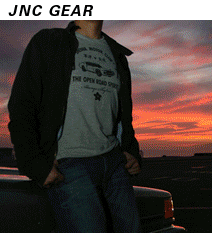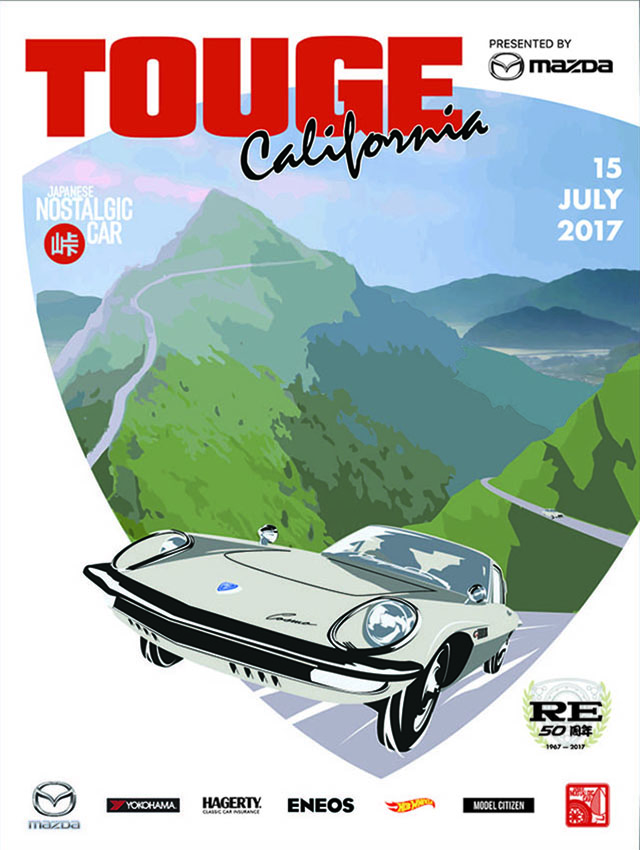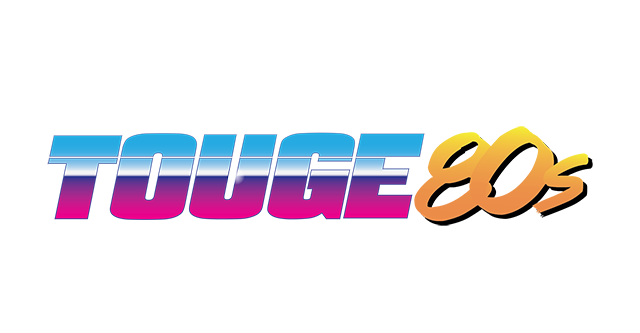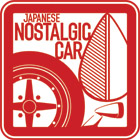Last week we briefly touched upon the Mitsui Seiki TR-series Orient, one of many three-wheeled trucks that took to the streets of 1950s Japan. The Orient was notable for being the only vehicle designed by Sori Yanagi, a one of Japan’s most influential post-war industrial designers. And as far as we can tell only one surviving Orient remains in existence.


Yanagi’s father, Soetsu Yanagi, founded the Mingei movement in Japan in the 1920s. The movement advocated the artistry of traditional Japanese crafts at the time when a flood of mass-produced goods was sweeping across Japan. Ceramics, lacquerware, textiles and so on were simply regarded as regular items done the old way. Fast forward a hundred years and many of these everyday items are preserved in museums and regarded as historic folk crafts, all thanks to Yanagi.


Ironically, his son Sori Yanagi became a renowned industrial designer for manufactured goods. He penned everything from teapots to kitchen scales to the torch holders for both the 1964 Tokyo and 1970 Sapporo Olympics. He worked on a number of infrastructure projects as well, including the magnificent Tomei Ashigara Bridge and beautiful 11-kilometer Kan’etsu Tunnel near Mt Akagi.
Yanagi incorporated incorporated elements traditional Japanese crafts into modern designs, and has countless works in his portfolio. He’s perhaps best known for his Butterfly Stool, which won a gold prize at the 11th Milan Triennale and is part of the New York Museum of Modern Art’s permanent collection.
Mitsui Seiki Kogyo had been building a vehicle called the Orient since April 1947, but early models were very basic transportation, essentially a motorcycle grafted onto a pickup bed. Similar vehicles represented the dawn of Japan’s post-war motorization and were the heart of its economic growth. Eventually manufacturers began adding roofs, then full cabins, and eventually doors.
The Sori Yanagi-designed TR-type Orient was introduced in 1956, notable for its curved cab and friendly, almost cartoon character-like face. In possessed an element of charm, not just pure utility. However, Mitsui Seiki soon discovered that it was better at building trucks than selling them, and in 1955 it entered into a contract with Hino Motors. Mitsui Seiki would build the Orient, but Hino would sell them.
For the next couple of years the industry underwent rapid growth and change. In the early 50s the goal was just to move goods from one place to another. In the second half of the decade customers began to demand more comforts and amenities.
Take this statistic for example. In the year Mitsui Seiki turned sales over to Hino, 1955, 64,927 three-wheeled trucks were sold, while only 20,521 four-wheeled trucks found buyers that year. Just two years later, in 1957, 79,702 three-wheelers were sold, but four-wheeled trucks had nearly caught up, with 73,893 units exchanging hands.
The TR-type Orient had been truly motorcycle-like in that it was controlled by handlebars inside the cab. But in 1957, following the lead to become more car-like from competitors like Mitsubishi and Aichi Machine, Mitsui Seiki introduced the AB-type Orient. The big difference being that it was controlled by a steering wheel inside the Yanagi-designed cab.
That was about as far as three-wheelers could go. By 1959 the writing was on the wall. Customers bought 54,237 three-wheeled trucks that year, but four-wheeled trucks zoomed past to clock 119,484 in sales. Three-wheelers were going the way of the dodo.
The Orient ended production in 1961, but Mitsui Seiki continued to build trucks for Hino. Namely, the Hino-designed Briska and Ranger. Mitsui Seiki stopped producing vehicles in 1963, but still exists today as a maker of machine tools.
オリエント号のエンジン始動です
Posted by 三井精機工業株式会社 on Monday, March 9, 2020
As far as we can tell there is only one Orient of any type in Japan that regularly gets displayed at shows and written up in magazines. It’s rusty, the seats are falling apart, and it’s loud, but it still runs! In 2020 a gathering of three-wheeled trucks was held at the Kawagoe City Museum, this Orient showed up and received a thank you shout-out on the Mitsui Seiki Facebook page.
This lone example might be the last Orient left. No matter how many images of Orients you search for, this one with its distinctive rust pattern is the only one that shows up in modern photographs. We don’t know how many Orients were produced, unfortunately. However, even though it’s a mass-produced product, we think the Yanagis, both father and son if they were with us today, would be proud that at least one Orient is being preserved.












Makes you wonder what happened to them all. Rust into nothing? Exported to other Asian countries? Crushed to make space for new vehicles?
I had a 1959 Mitsubishi TM14G three wheel truck that was very similar to the Orient above. They were imported to the States by a company in New Jersey. Most were used for moving material around in a manufacturing environment. I have never seen another. A short video of the Mitsubishi.
https://m.youtube.com/watch?v=XggdWJLu3CM